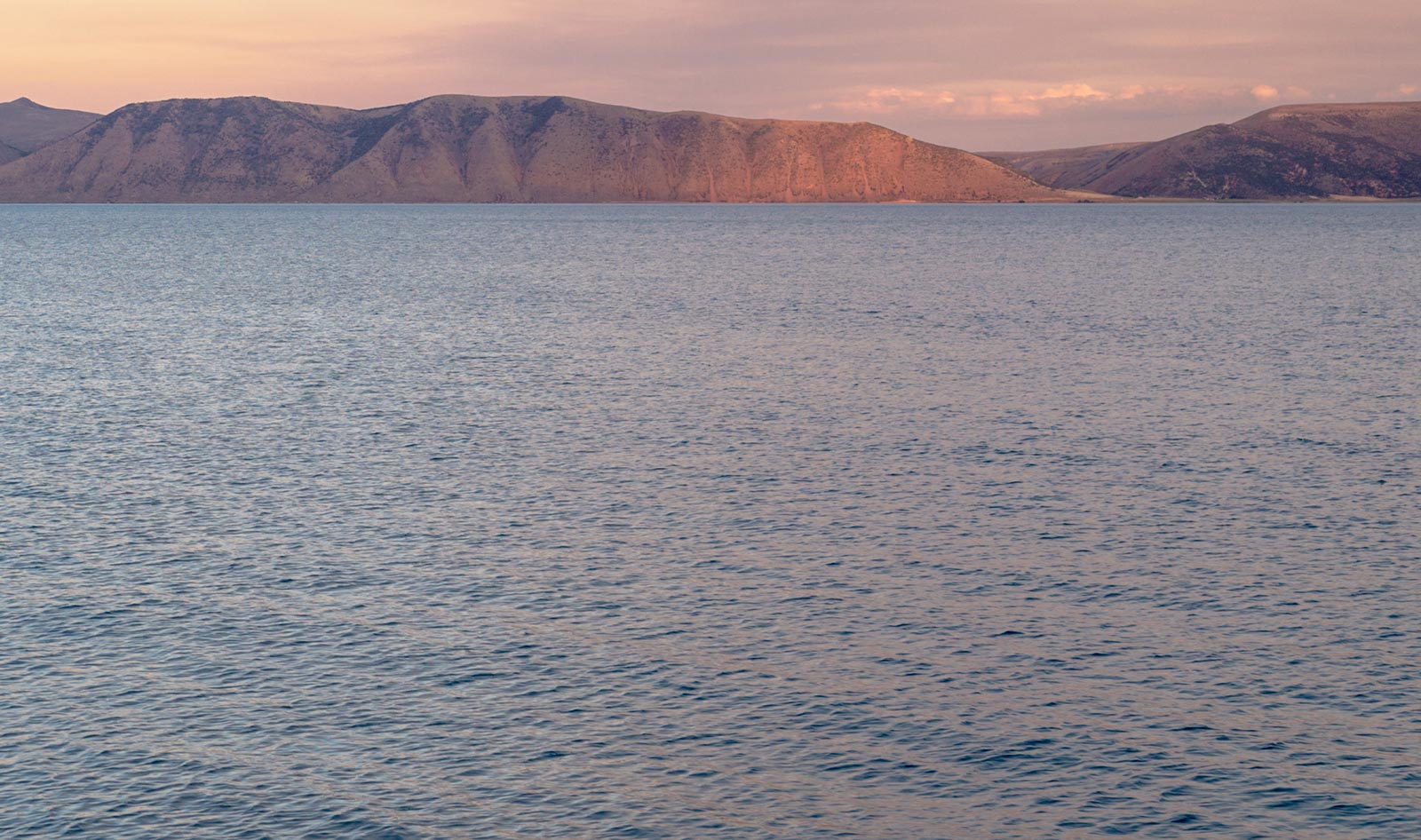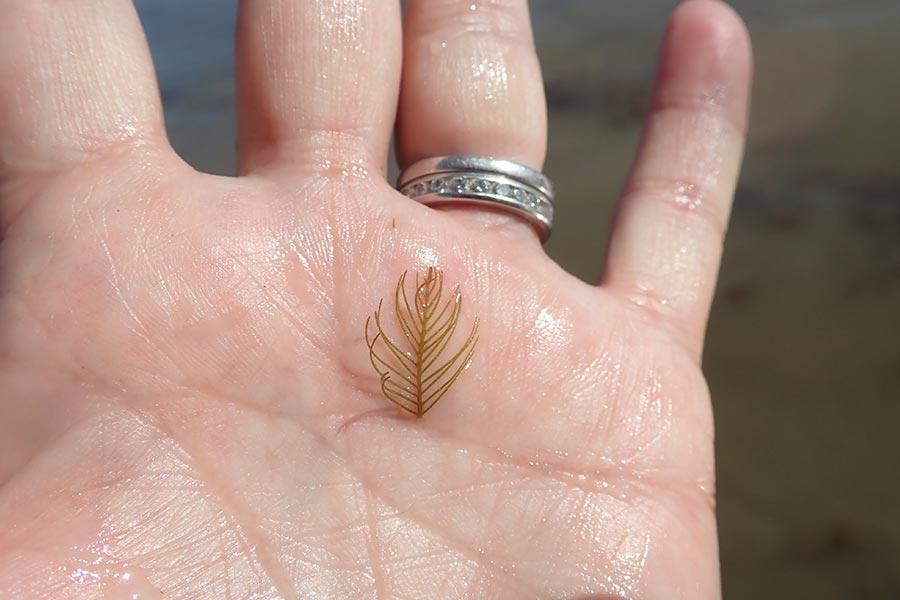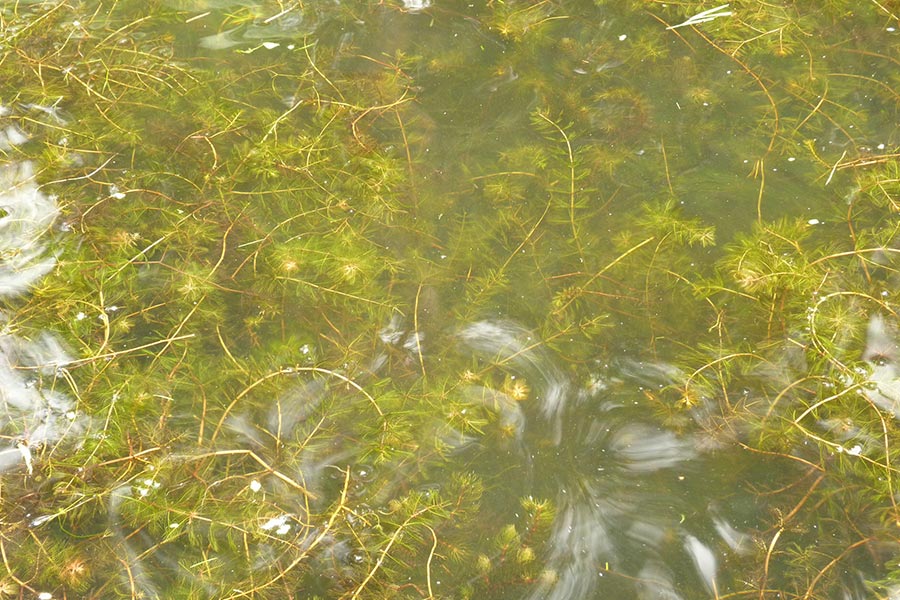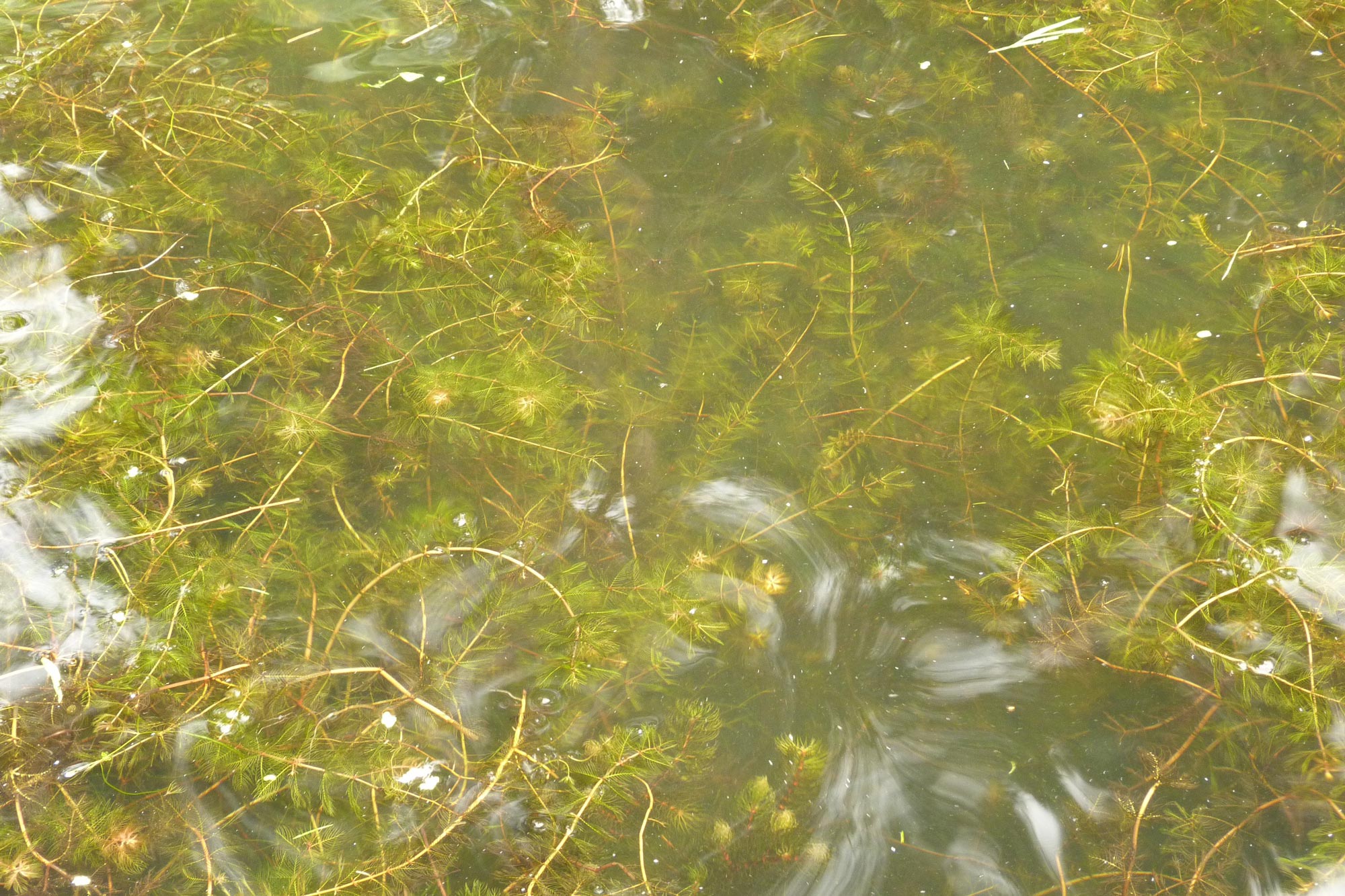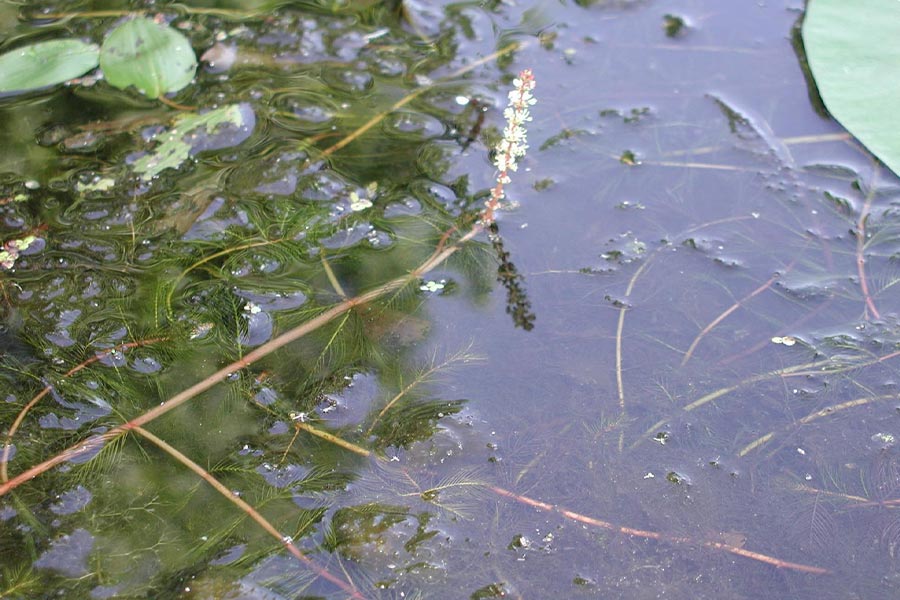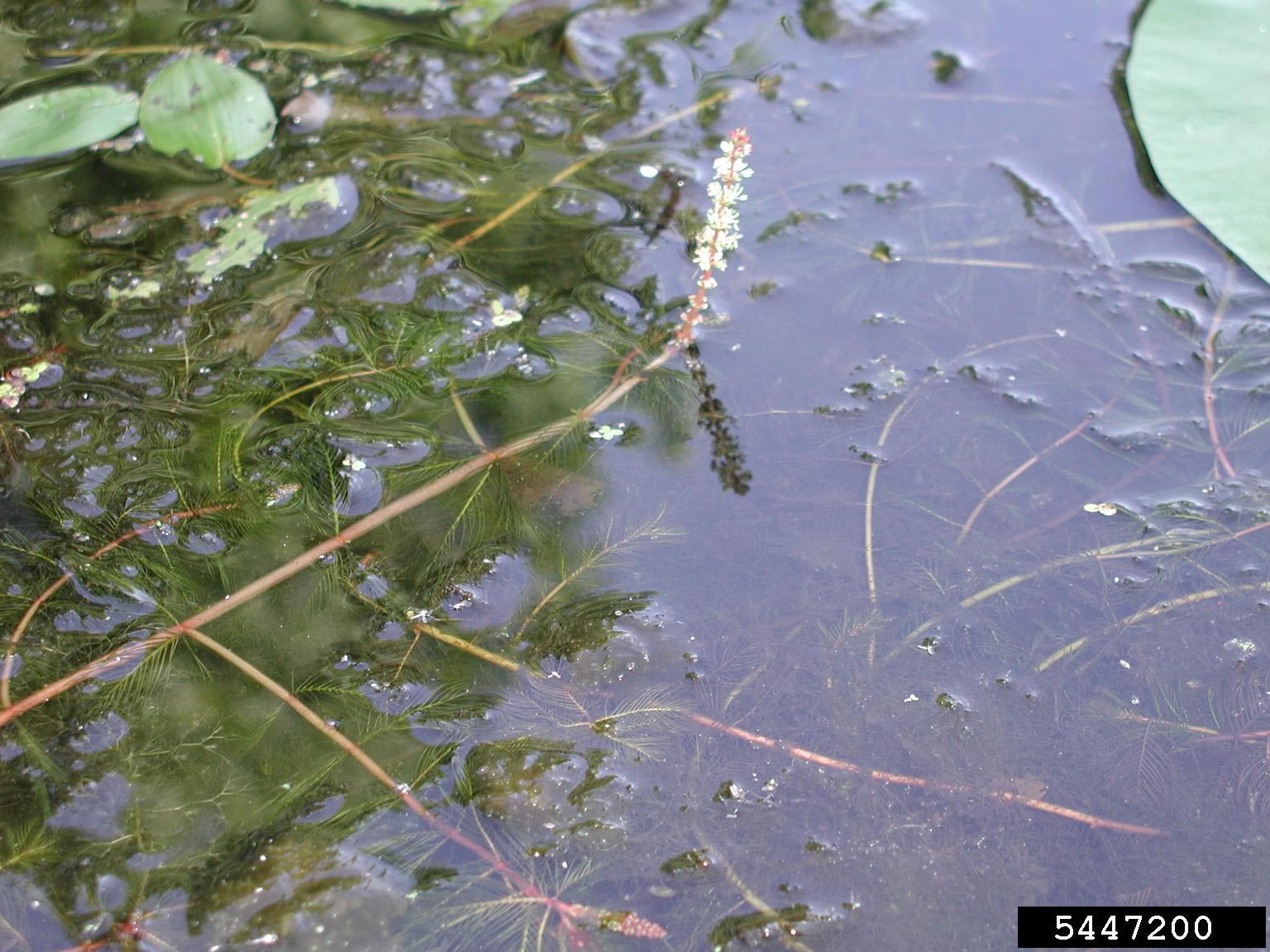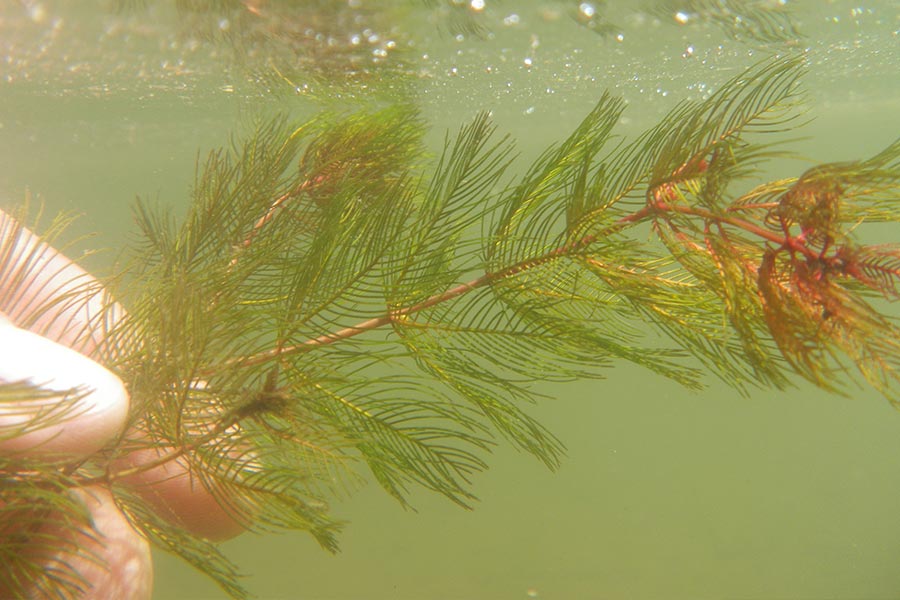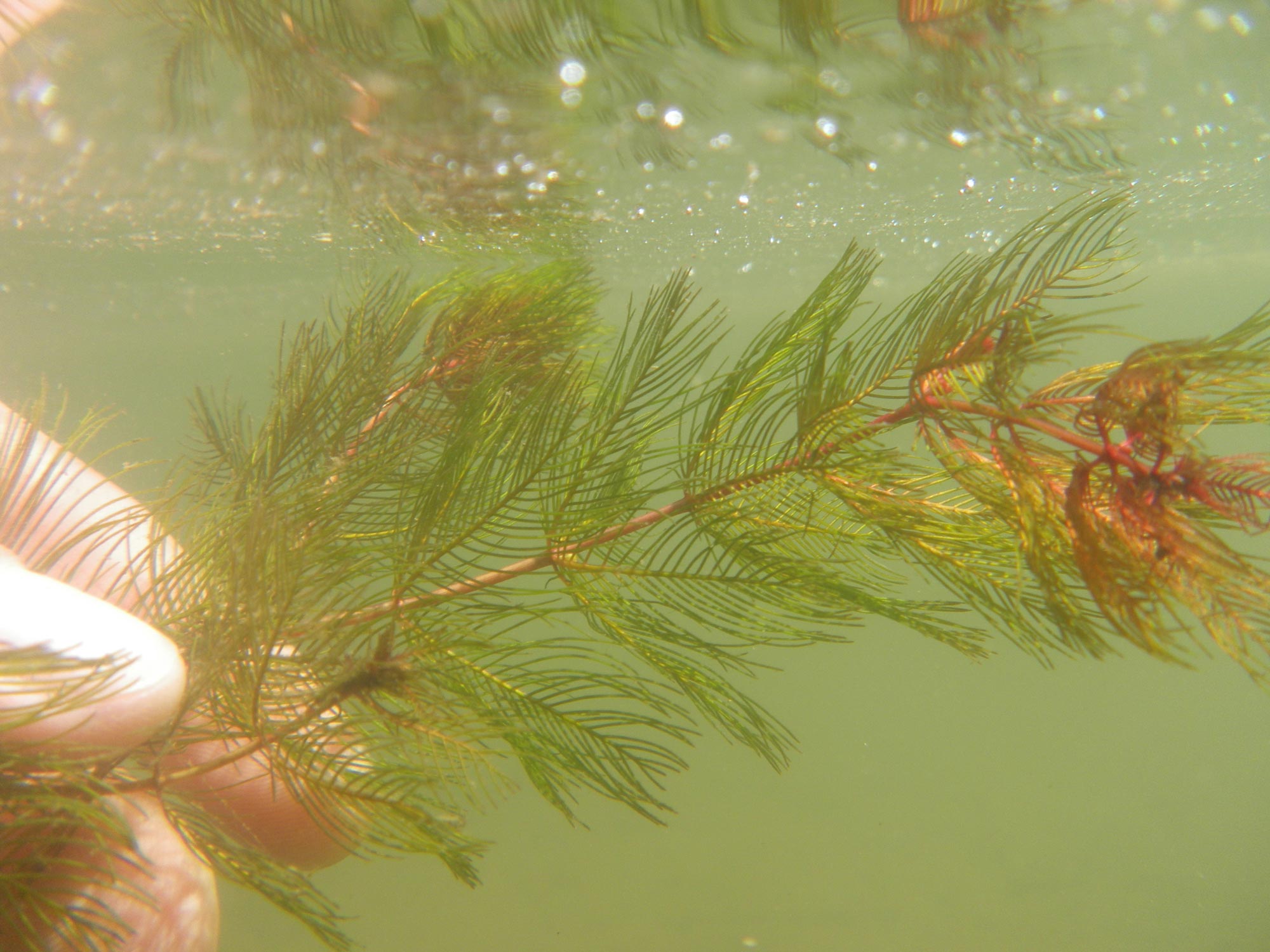Summer 2020 Eurasian Watermilfoil Treatment Plans by Utah and Idaho
Invasive Eurasian MilFoil found at Bear Lake
FALL 2019 - Eurasian Watermilfoil has been discovered along the shoreline of Bear Lake in Idaho just about at the border. Eurasian Watermilfoil is very aggressive. It has plagued the Northern Lakes in Idaho in such a manner that they have created a special fund to fight it. It looks a lot like some of the other fuzzy little plants we have growing on our Shoreline but this one knows no bounds and will fill in every space and choke out everything else. Click the link below to check out the KSL news story.
KSL News StoryEurasian Watermilfoil
Eurasian Watermilfoil also found in areas of Bear Lake on the Utah side.
Fortunately, Idaho is very informed and active in treatment of invasive aquatic plant species…
Unfortunately – they have had to become so because of the large infestations in its northern lakes. We’ve included some interesting facts below: but you can learn more from Invasive Species of Idaho. Its great resource to become more informed and answer the many questions on our minds right now. Click the link below to visit Invasive Species of Idaho.
INVASIVE SPECIES OF IDAHO-
How is it spread
- • Mostly by spreads by dispersal of plant fragments – any piece of it can become a new plant colony.
- • Lake currents and wave action readily disperse vegetative propagules along the shoreline.
- • Boat propellers can also contribute to the fragmentation and distribution in the lake and to other water bodies.
- • Transport on boats and trailers plays the largest role in introducing this plant to new water bodies.
-
More bad facts
“Significant rates of plant sloughing and leaf turnover, as well as the decomposition of high biomass at the end of the growing season, increase phosphorus and nitrogen in the water column.”
“Stagnant water created by Eurasian Watermilfoil mats provides breeding grounds for mosquitoes, which carry West Nile virus. Eurasian Watermilfoil interferes with tourism and recreational activities such as swimming, boating, fishing, snorkeling and water skiing.”
“Eurasian Watermilfoil in the broadest sense is composed of pure and hybrid forms, because Eurasian Watermilfoil frequently hybridizes with native Northern Watermilfoil. It is clear that hybrid watermilfoils can be more invasive than pure Eurasian watermilfoil.”
-
Treatment
“Although freezing can have a dramatic impact on some plants, Eurasian watermilfoil is known to survive under ice.”
“Chemical treatments have had some success, especially for small areas.”
“Barrier material applied over the lake bottom to prevent plants from growing. Bottom covering materials such as sand-gravel, polyethylene, polypropylene, synthetic rubber, burlap, fiberglass screens, woven polyester, and nylon film have all been used with varying degrees of success.”
““Hand-pulling and removal of rooted, submerged plants is a labor intensive control method. This method involves digging out the entire plant with its roots… Hand pulling can begin as soon as Eurasian watermilfoil can be easily seen and identified – generally in the spring or as soon as it is discovered in the water body.”
“Divers operate portable dredges with suction heads that remove plants and roots from the sediment – essentially vacuuming the bottom of the lake.”
-
Stay tuned
Stay tune for more information about how EWM will be treated at Bear Lake – coming in 2020.
